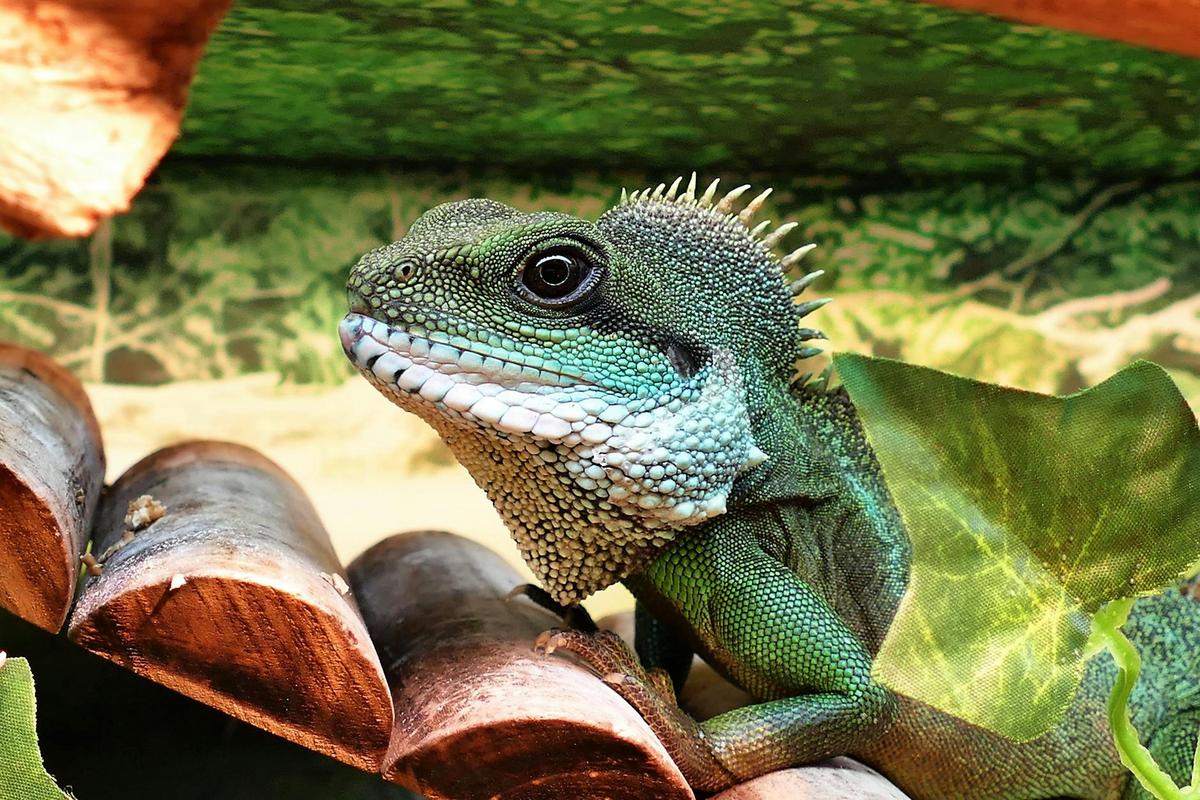
Pet Nutrition Trends in 2023: What to Know
As pet owners become increasingly invested in the well-being of their furry friends, understanding the latest trends in pet nutrition is essential. The year 2023 brings several innovative approaches to pet diets, driven by both scientific advancements and shifting consumer preferences.
Understanding the nutritional needs of pets is paramount for their health and longevity. In recent years, the pet food industry has undergone significant changes, aiming to meet the evolving demands of pet owners who are more health-conscious than ever.
Natural and Organic Ingredients
One of the prevailing trends in 2023 is the emphasis on natural and organic ingredients. Pet owners are increasingly wary of artificial additives and preservatives, opting for products that boast whole-food ingredients. According to a report by the Pet Food Industry Association, sales of organic pet food have surged by 15% over the past year. This shift mirrors the broader human food market, where consumers seek transparency and quality.
Expert Opinion
Dr. Emily Rogers, a veterinary nutritionist, states, “The move towards natural ingredients is not just a trend but a necessary evolution in pet nutrition. Pets, much like humans, benefit from diets that are closer to their natural state.”
Personalized Pet Diets
Another noteworthy trend is the rise of personalized pet diets. Pet owners are increasingly recognizing that a one-size-fits-all approach does not work for every animal. Personalized diets take into account the pet’s age, breed, health status, and activity level. Companies are now offering subscription-based models where pet food is tailored to individual needs.
Research Findings
A study by Pet Nutrition Insights found that tailored diets can improve pet health markers by up to 30%, underscoring the importance of personalized nutrition.
Alternative Proteins
With sustainability in mind, alternative protein sources have gained traction. Insects, plant-based proteins, and lab-grown meat are becoming viable options. These alternatives not only reduce the environmental footprint but also cater to pets with specific dietary restrictions.
Grain-Free Diets: A Double-Edged Sword
While grain-free diets remain popular, they have sparked debate. Some studies suggest potential links to heart issues in dogs, causing concern among pet owners. It’s crucial to consult with a veterinarian before making dietary changes.
Comparison of Traditional vs. Modern Pet Diets
| Aspect | Traditional Diet | Modern Diet |
|---|---|---|
| Ingredients | Processed, artificial | Natural, organic |
| Protein Source | Animal-based | Alternative proteins |
| Customization | Standard | Personalized |
| Sustainability | Conventional | Eco-friendly |
| Health Impact | General | Tailored |
| Cost | Lower | Varies |
| Availability | High | Increasing |
| Veterinary Support | Limited | Consultation recommended |
FAQs on Pet Nutrition Trends
Are natural pet foods better for my pet?
Natural pet foods often contain fewer artificial additives, which can be beneficial for your pet’s health. However, it’s essential to ensure the food meets all nutritional requirements.
What are alternative proteins?
Alternative proteins include sources like insects, plant-based proteins, and lab-grown meat. They are sustainable and provide essential nutrients.
How can I transition my pet to a new diet?
Gradually introduce the new food while mixing it with the current diet to monitor your pet’s reaction and avoid digestive issues.
Conclusion
As the landscape of pet nutrition continues to evolve, staying informed about these trends can help pet owners make better dietary choices for their companions. From embracing natural ingredients to exploring personalized diets, there’s no shortage of options to ensure your pet’s health and happiness. As always, consulting with a veterinarian remains crucial when making significant dietary changes.


